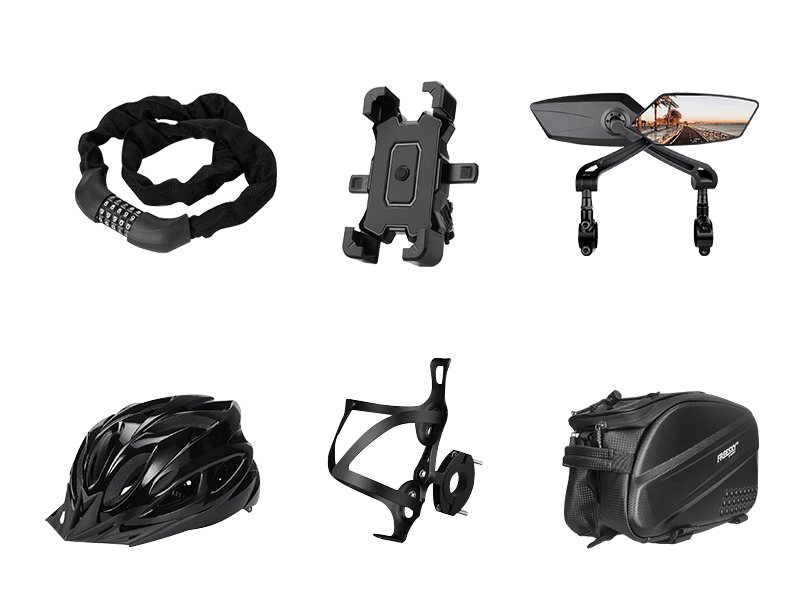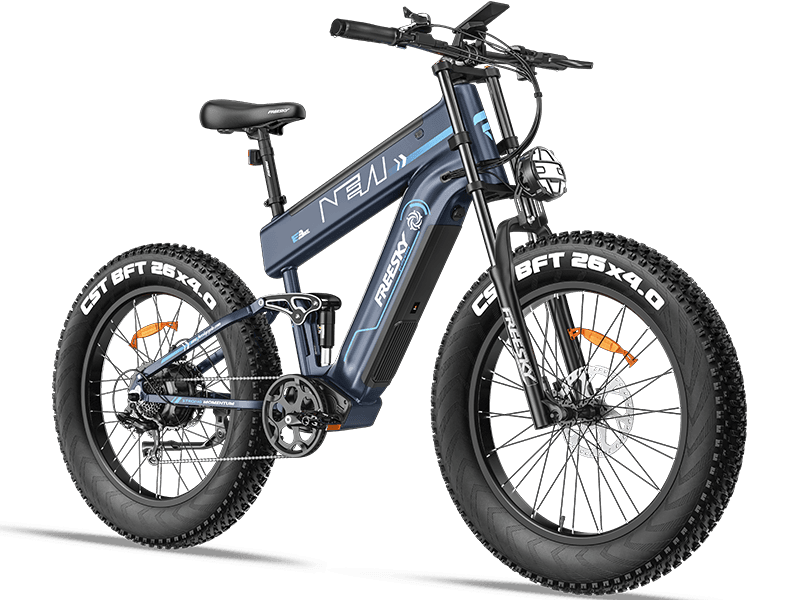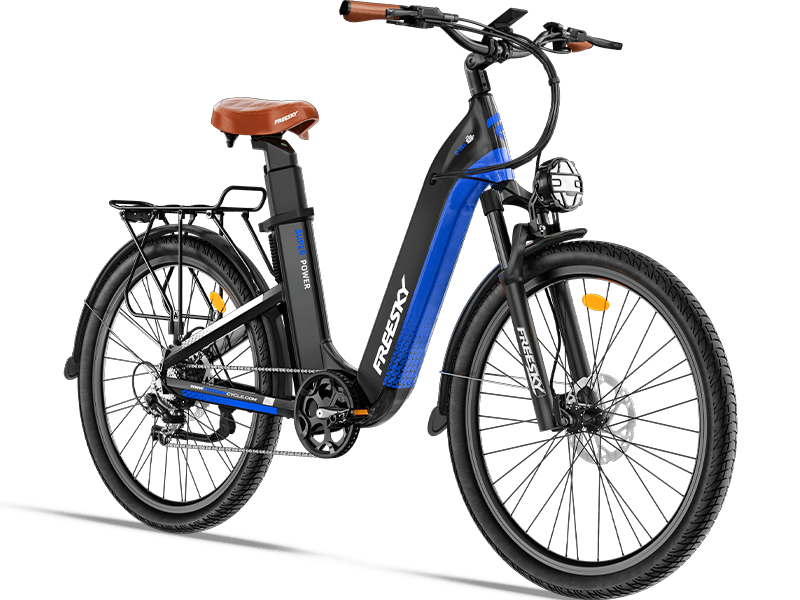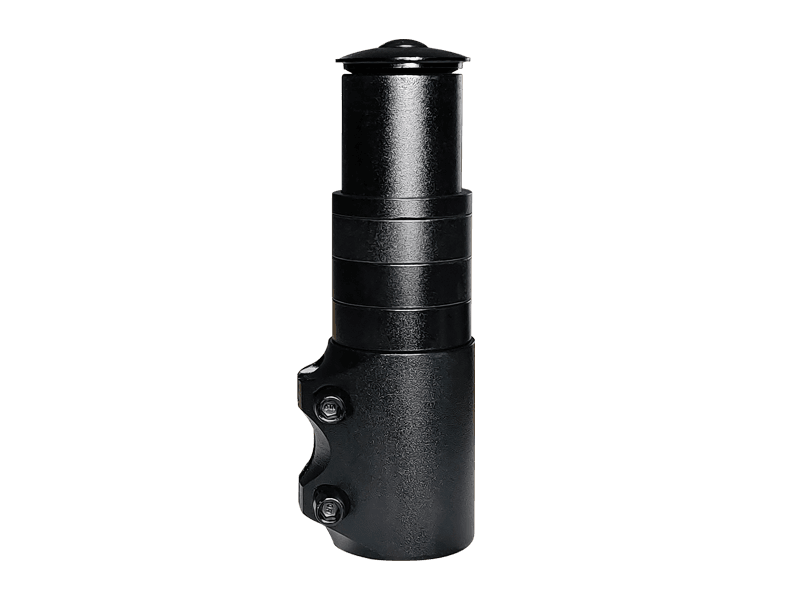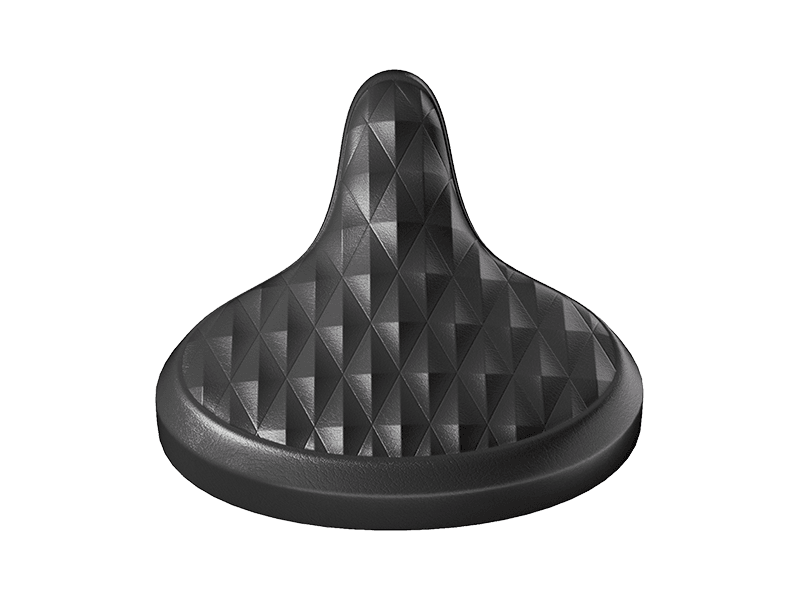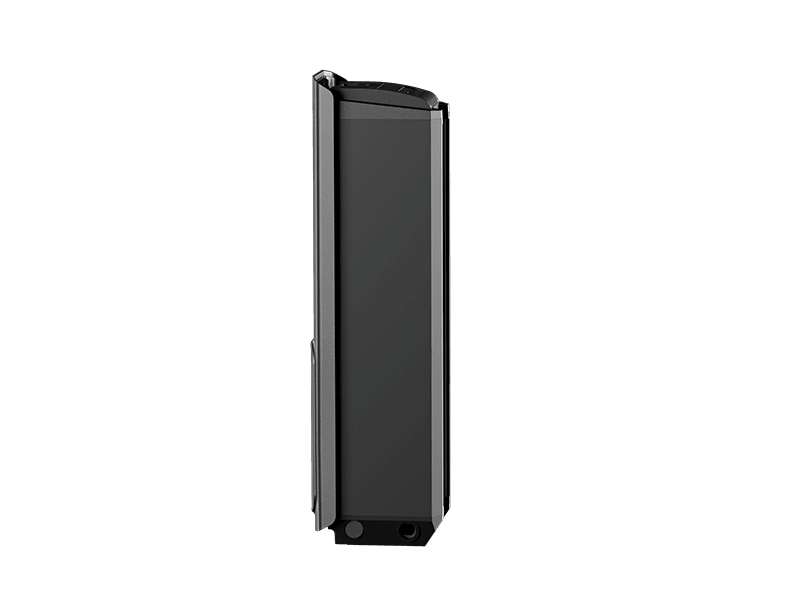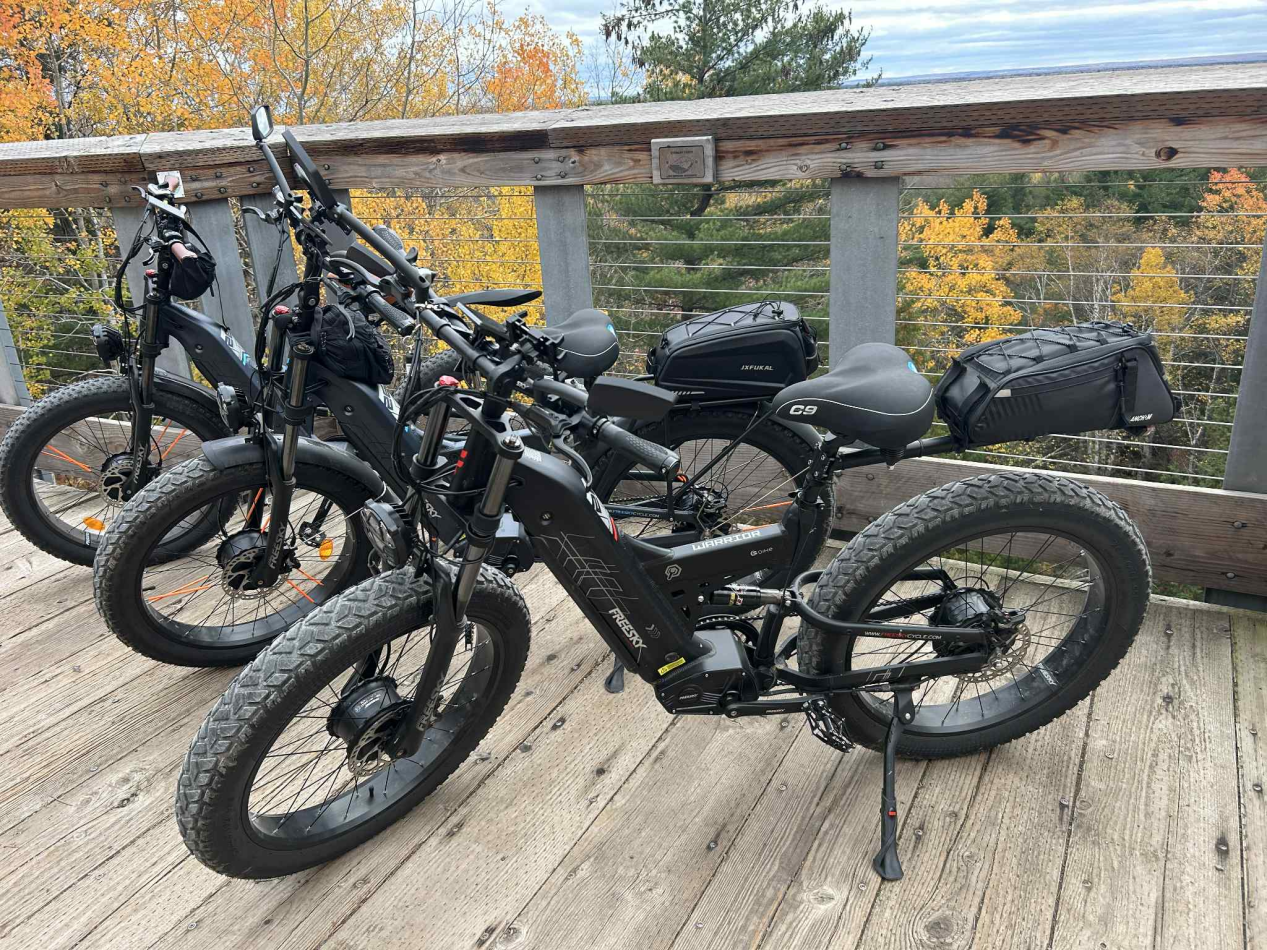How Do Electric Bikes Perform on Hills? Understanding the Technology Behind the Climb
JUL 25, 2025
Have you ever struggled up a steep hill on your bike, battling fatigue before reaching the top? Whether you're riding through the Cotswolds, climbing the streets of Sheffield, or navigating off-road inclines, hills can be one of the toughest parts of cycling in the UK.
Electric bikes (e-bikes) offer a game-changing solution—particularly models designed with hill performance in mind. By combining motor assistance with rider input, e-bikes allow you to climb more comfortably, more efficiently, and with greater confidence.
In this article, we’ll explore how electric bikes handle hill climbing, which Freesky models are best suited for steep or extended inclines, and why Warrior Pro and Alaska Pro are standouts when it comes to serious climbing power.
Do Electric Bikes Work Well on Hills?
Absolutely. E-bikes excel on hills by delivering additional torque and support when you need it most. This makes them ideal for riders living in hilly regions, those commuting across elevation, or anyone who wants to reduce strain while climbing.
In particular, e-bikes equipped with high-torque motors and intelligent control systems can tackle challenging gradients with ease—even when carrying extra load.
Top Performers: Warrior Pro & Alaska Pro
At Freesky UK, our e-bikes are built to meet the real demands of British terrain. Two of our most capable hill-climbing models are:
🔧 Warrior Pro: Dual-Motor Climbing Strength
-
Dual hub motors (front and rear), working together to deliver exceptional torque
-
Full suspension frame, ensuring traction and control over rocky or uneven hills
-
48V 30Ah Samsung lithium battery, delivering sustained power on climbs
-
Up to 200Nm torque (combined) – ideal for steep inclines and trail environments
Warrior Pro is the ultimate choice for riders tackling aggressive terrain, heavy loads, or who want maximum propulsion up technical climbs.
🔋 Alaska Pro: Endurance for Long Hills
-
Dual battery system: total capacity 48V 41Ah
-
Extended range, ideal for countryside exploration, multi-day hill routes, and long climbs without recharging
-
Robust frame and full suspension for comfort on variable terrain
-
Delivers consistent hill performance over time, even on routes with cumulative elevation
Alaska Pro is the right choice for riders who value distance, efficiency, and reliable climbing over sustained journeys.
How the Technology Helps You Climb
Torque & Motor Response
Climbing hills demands strong, steady torque. On the Warrior Pro, both motors work in harmony to provide this force even under pressure. This translates to:
-
Easier hill starts, even with weight
-
Stable climbing on uneven surfaces
-
Less rider fatigue on long or steep hills
Battery Capacity & Power Management
Alaska Pro’s dual-battery system is designed for longevity. By spreading load across two battery units, the bike:
-
Reduces energy drain on climbs
-
Maintains stable power output over time
-
Offers extended support for long-distance or multi-hill routes
Controller Precision
Both Warrior Pro and Alaska Pro are equipped with intelligent controllers that adjust assistance based on gradient and rider input. This ensures:
-
Smooth power transitions
-
Efficient energy usage
-
Confidence and safety, even when switching from flat to incline
Support Models: Rocky Pro & Nova
While Warrior Pro and Alaska Pro are the top hill performers, Freesky also offers models suited to moderate inclines and urban hill commutes:
Rocky Pro: Everyday Utility with Cargo Capability
-
Equipped with a speed sensor-based pedal assist system, providing steady support
-
Features a 48V 25Ah Samsung lithium battery, supporting long city rides or delivery routes
-
Built with a sturdy frame, compatible with cargo racks and child seats
-
Ideal for moderate hills, shopping trips, and family riding
Though not designed for extreme inclines, Rocky Pro is a practical cargo-capable e-bike that handles daily urban gradients well.
Nova: Smooth Pedalling with Torque Sensing
-
With a torque sensor, providing natural and responsive pedal feel
-
48V 30Ah Samsung battery, with excellent range for mixed elevation routes
-
Great for riders who want controlled, smooth assistance on moderate hills
-
A smart choice for those focused on comfort and cadence across variable terrain
How to Maximise Your Hill-Climbing Efficiency
Regardless of the e-bike model, you can improve your hill-riding performance by following a few best practices:
-
Shift early: move into a low gear before the hill begins
-
Use pedal assist appropriately: higher levels for steeper sections
-
Keep your cadence steady: let the motor support your rhythm
-
Distribute weight: especially when riding with cargo, keep balance over both wheels
-
Lean forward: improves front traction on climbs
Which Freesky Model Should You Choose for UK Hills?
| Model | Sensor Type | Battery Setup | Best For |
|---|---|---|---|
| Warrior Pro | Speed sensor | 48V 30Ah Samsung (dual motor) | Steep climbs, off-road trails, high torque demand |
| Alaska Pro | Speed sensor | Dual 48V 41Ah | Extended hill routes, countryside touring |
| Rocky Pro | Speed sensor | 48V 25Ah Samsung | Cargo use, moderate hills, city gradients |
| Nova | Torque sensor | 48V 30Ah Samsung | Natural pedalling, moderate climbs, smooth commuting |
Conclusion: Conquering Hills with Freesky E-Bikes
Whether you're climbing the winding roads of North Wales or facing steep London boroughs, a Freesky e-bike gives you the tools to ride with confidence.
-
Choose Warrior Pro for unmatched climbing strength and multi-surface control
-
Opt for Alaska Pro if you need sustained hill support and exceptional range
-
Select Rocky Pro for daily use with cargo on rolling hills
-
Go with Nova for smooth, torque-sensing comfort across variable terrain
Freesky UK builds every model with purpose. So when it comes to hills, we’ve got you covered—no matter how high the climb.




